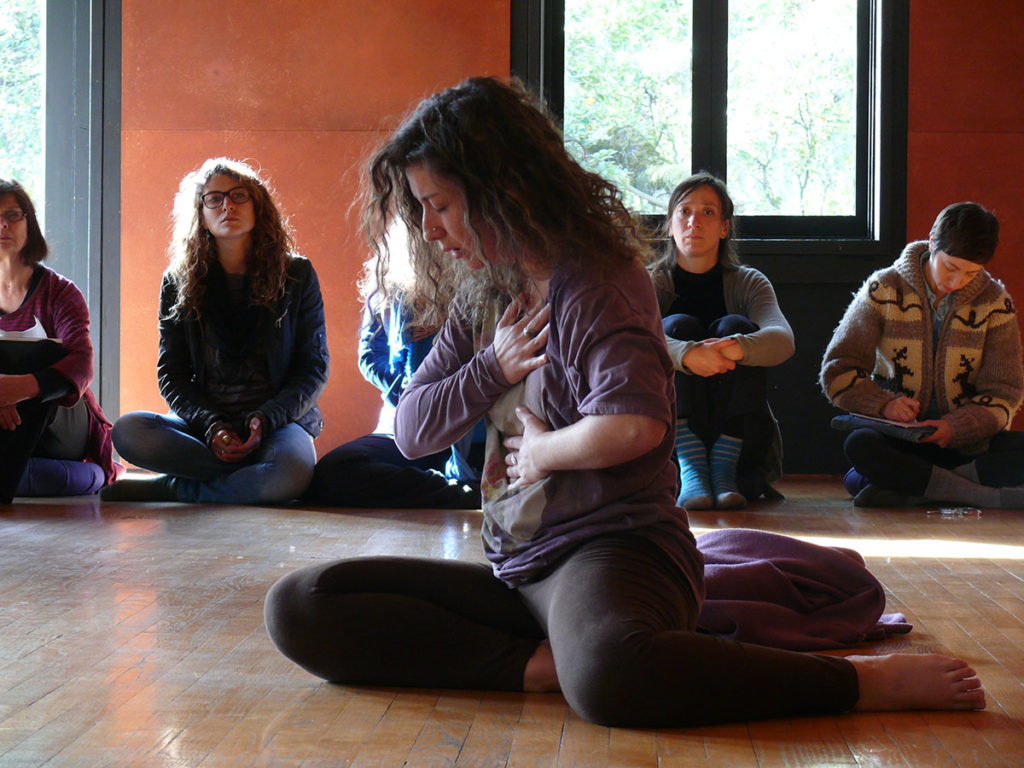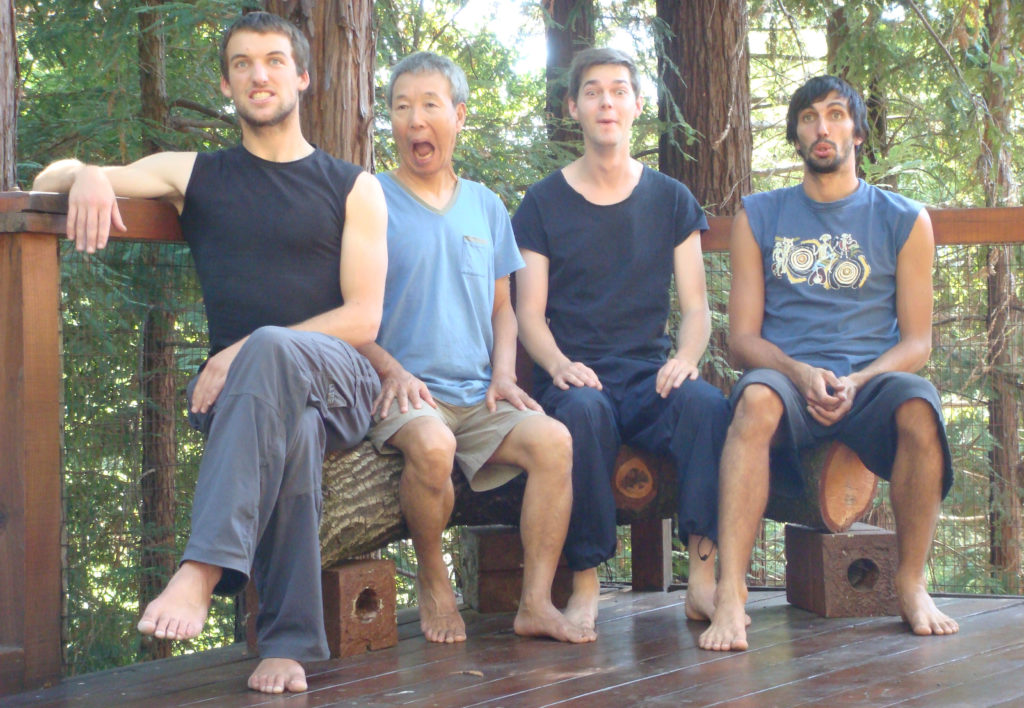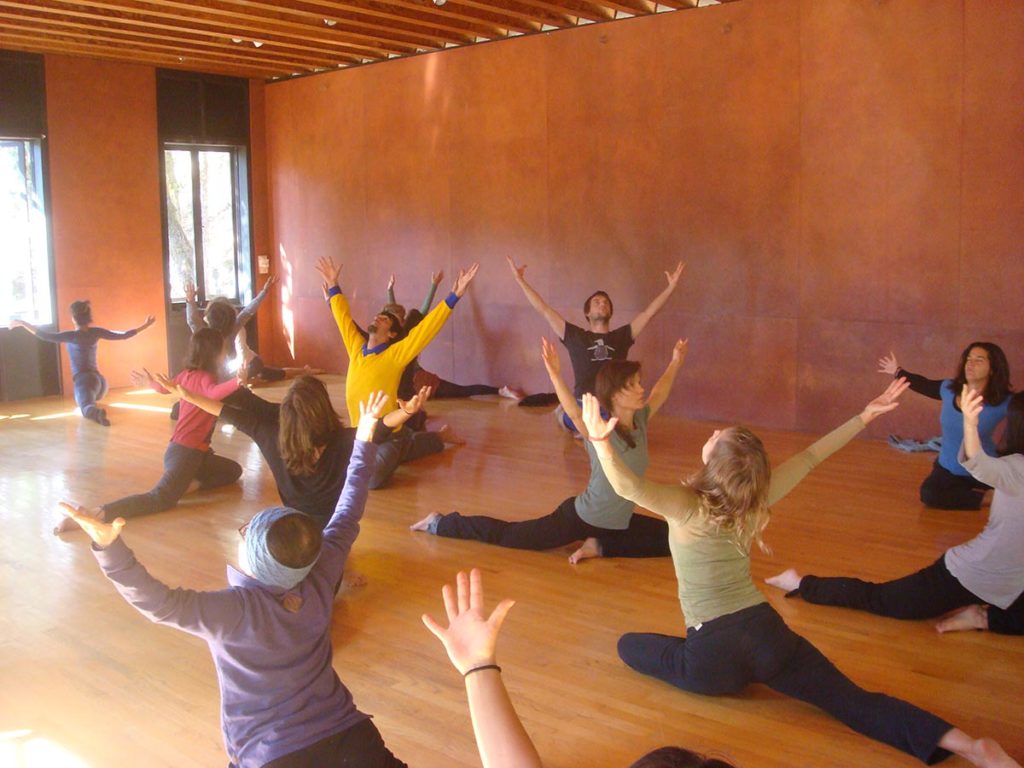OUR METHODS
The Three levels of awareness and response
The physical level is addressed through the study and practice of basic principles of human movement and dance. The emotional is addressed through the creative examination of autobiographical material. The mental is addressed through the presentation of theoretical principles and concepts, as well as the study of the creative process and the practical use of applied communication skills. The spiritual is evoked when people express themselves with awareness and creativity on all three of levels.
Movement Ritual
Our structured sequence of movements serves as a foundation for all of our embodied creative explorations.
The Psychokinetic Imagery Process
This system explores the relationship between body, feeling, and image/imagination by shifting between movement, drawing, and dialogue.
Movement Studies
We explore the elements and principles of space and time; rhythm and force; inertia and momentum, body-part articulation, range-of motion, and gesture as it applies to creative expression in movement.
Body Part Explorations
Students develop awareness of anatomy and posture, and the relationship of body parts to each other and to the whole body. Personal and collective themes and metaphors associated with each body part are explored, as well as the relationship of body parts to feelings and the imagination.
The Five Part Process
This map facilitates the exploration of life themes and events therapeutically in order to generate resources for creativity, insight, and change.
The RSVP Cycles
This learning rubric is used for designing and scoring the themes, intentions, resources and activities that generate individual and collective problem solving and creativity. R= resources, S = score, V = valuaction, P = performance.
Creative Writing
This includes identifying resources, journaling on themes, writing poetry, scripting dialog for the body parts, shaping narratives, and engaging in gestalt dialog.
Witnessing and Active Listening
Students learn specific communication skills for conflict resolution, and giving and receiving feedback. We introduce specific approaches for giving non-critical and non-analytical aesthetic feedback, working with a communication model that honors individual experience: “I see, I hear, I feel, I imagine _____.”
*See The Expressive Body in Life, Art & Therapy, for further details on tools, theory and method of practice taught in trainings.



